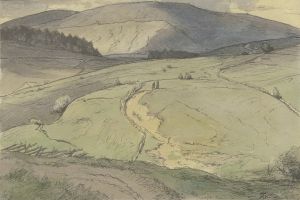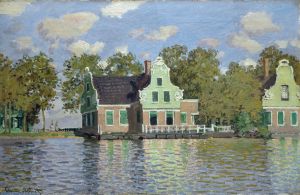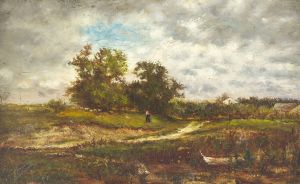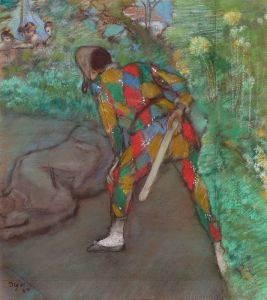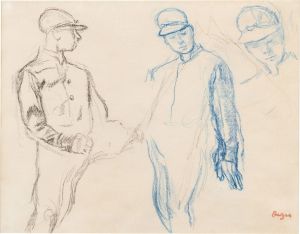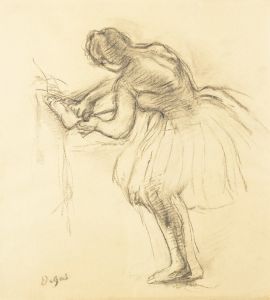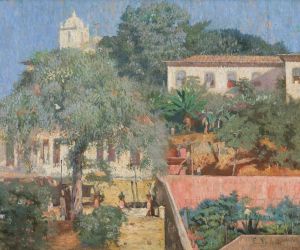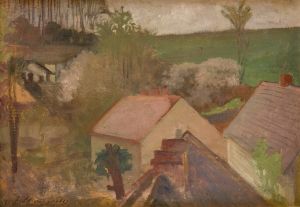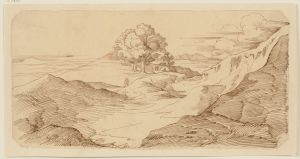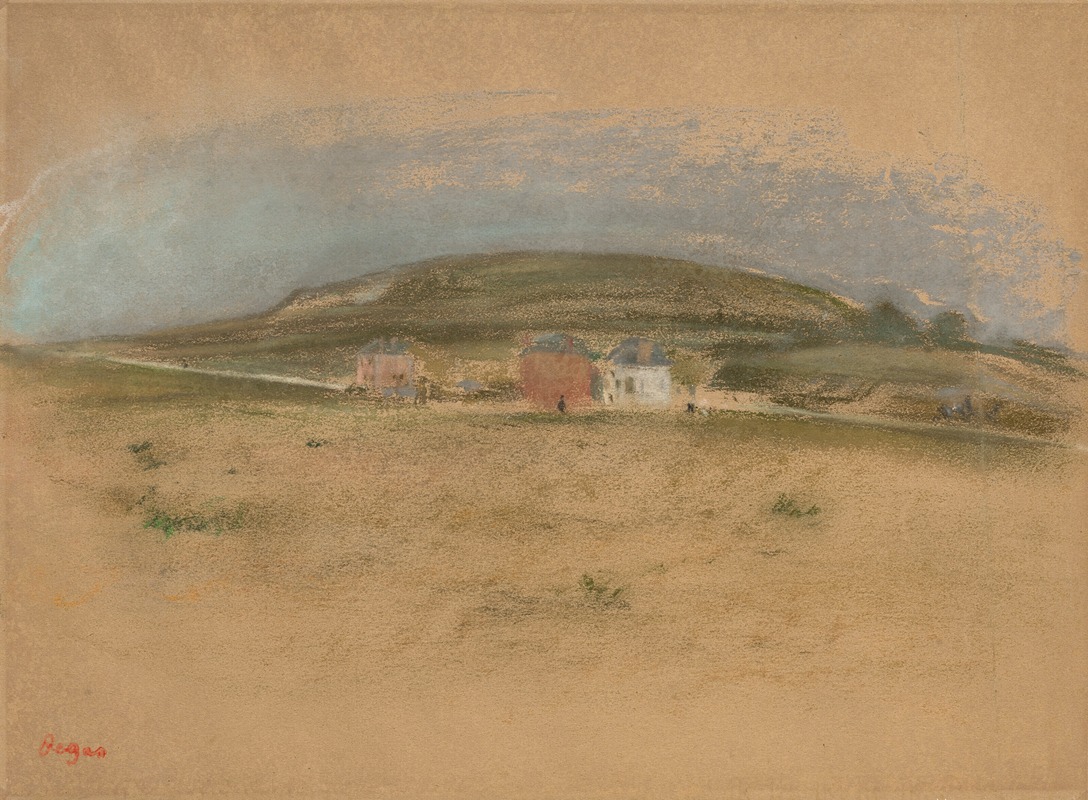
Maisons au pied d’une falaise
A hand-painted replica of Edgar Degas’s masterpiece Maisons au pied d’une falaise, meticulously crafted by professional artists to capture the true essence of the original. Each piece is created with museum-quality canvas and rare mineral pigments, carefully painted by experienced artists with delicate brushstrokes and rich, layered colors to perfectly recreate the texture of the original artwork. Unlike machine-printed reproductions, this hand-painted version brings the painting to life, infused with the artist’s emotions and skill in every stroke. Whether for personal collection or home decoration, it instantly elevates the artistic atmosphere of any space.
Edgar Degas, a prominent French artist known for his contributions to Impressionism, created a diverse body of work that includes paintings, sculptures, prints, and drawings. Among his lesser-known works is "Maisons au pied d’une falaise" (Houses at the Foot of a Cliff). This piece, like many of Degas's works, reflects his keen interest in capturing the nuances of everyday life and the subtleties of light and shadow.
Degas was born in Paris in 1834 and was initially trained in the classical style, studying at the École des Beaux-Arts. His early works were heavily influenced by the Old Masters, but he gradually developed a more modern approach, becoming associated with the Impressionists. However, Degas preferred to call himself a "realist" or "independent," as his style often diverged from the typical Impressionist focus on plein air painting and vibrant color palettes.
"Maisons au pied d’une falaise" is an example of Degas's exploration of landscape, a subject he approached less frequently than his famous depictions of dancers and urban scenes. The painting showcases his ability to capture the essence of a scene with a focus on composition and form. While specific details about the painting's creation, such as the exact date and location, are not well-documented, it is consistent with Degas's interest in the interplay between natural and man-made environments.
The painting likely features a coastal or rural setting, with houses nestled at the base of a cliff. This composition allows Degas to explore the contrast between the solid, geometric forms of the buildings and the organic, irregular shapes of the natural landscape. The use of light and shadow in the painting would have been a critical element, as Degas was known for his skillful manipulation of these aspects to create depth and mood.
Degas's technique often involved careful planning and multiple studies, and he was known for his meticulous attention to detail. This approach is evident in "Maisons au pied d’une falaise," where the arrangement of elements within the composition suggests a deliberate consideration of balance and harmony. The painting may also reflect Degas's interest in Japanese prints, which influenced many Western artists in the late 19th century with their emphasis on flat planes of color and asymmetrical compositions.
While "Maisons au pied d’une falaise" may not be as widely recognized as some of Degas's other works, it contributes to the understanding of his artistic range and interests. It demonstrates his ability to capture the quiet beauty of everyday scenes and his ongoing experimentation with different subjects and styles throughout his career.
Degas's legacy is marked by his innovative approach to traditional subjects and his influence on subsequent generations of artists. His work continues to be celebrated for its technical mastery and its insightful portrayal of the human experience. "Maisons au pied d’une falaise" is a testament to Degas's versatility and his enduring impact on the art world.





